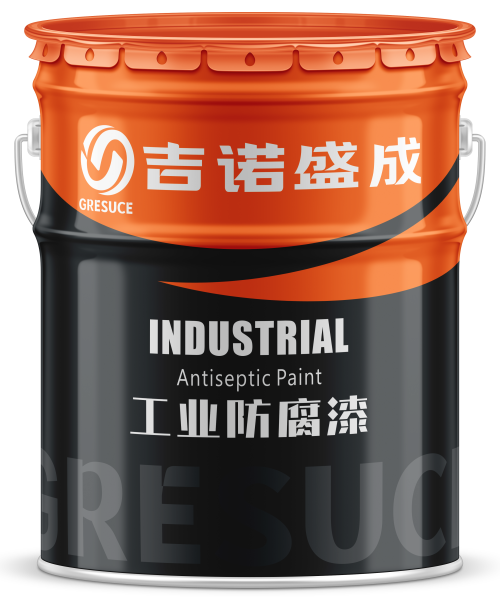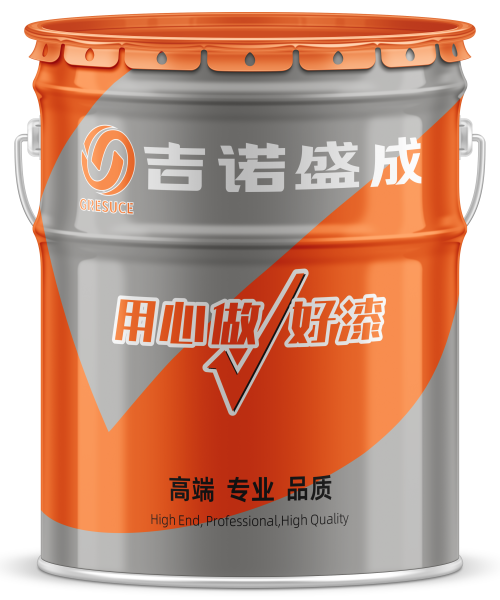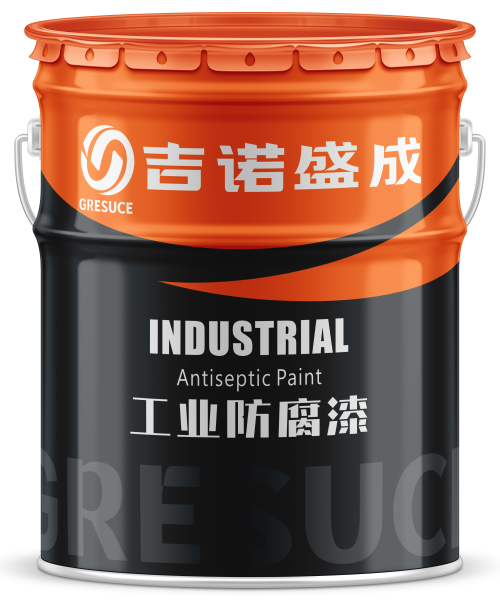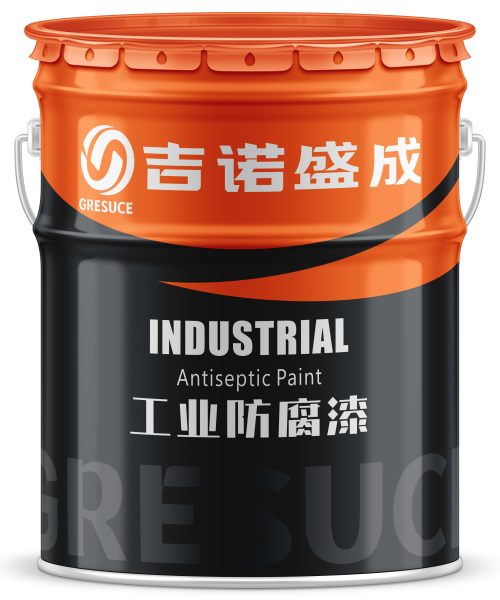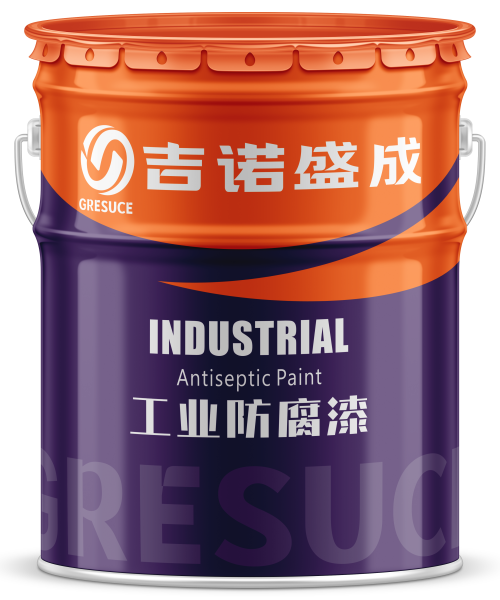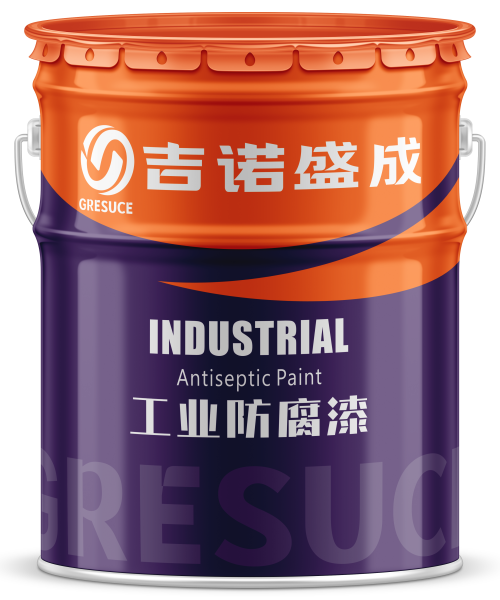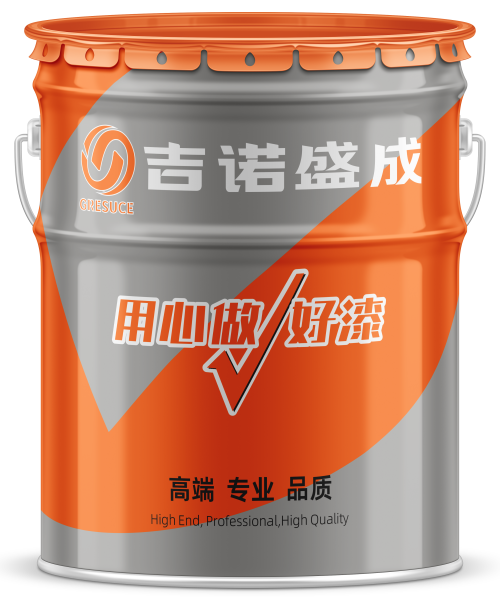introduction
Water-based paints and oil-based paints are the two most common categories of products in the field of coatings. With the rise of environmental awareness, water-based paints are gaining attention due to their low volatile organic compound (VOC) emissions. However, oil-based paints still offer unique advantages in certain applications. In this paper, water-based paint and oil-based paint are compared and analyzed from four aspects: composition, efficiency, application scenario and environmental protection.
1. Composition
Water-based paint mainly uses water as a solvent, supplemented by resins, pigments and additives. Due to the strong polarity of water, the resins in water-based paints are usually water-soluble or water-dispersed resins such as acrylic acid and polyurethane.
Oil-based paints use organic solvents as dissolving media, such as turpentine, mineral oil, etc. The resins in oil-based paints are mostly alkyd resins, epoxy resins or polyurethanes, which have good solubility in organic solvents.
2. Performance comparison
Drying time: The drying process of water-based paint mainly relies on the evaporation of water, and usually dries faster, especially in a well-ventilated environment. The drying of oily paint involves the volatilization of solvent and the oxidation of resin, and the drying time is relatively long.
Weather resistance: Oil-based paints usually have good weather resistance and chemical resistance, especially when used outdoors. The weatherability of water-based paints has improved significantly in recent years, but may still not be as good as oil-based paints under extreme conditions.
Adhesion: Because of its solvent has a certain ability to dissolve the substrate, the oily paint usually has a strong adhesion. Water-based paint relies on the physical combination of resin and substrate, and the adhesion may be slightly weaker, but on properly treated surfaces, the adhesion of water-based paint can also reach a higher level.
3. Application scenario
Water-based paint is widely used in interior decoration, home furnishing, toys and consumer goods and other areas with high environmental protection requirements. Due to its low odor and low toxicity, water-based paint is especially suitable for children's rooms, hospitals and other places.
Oil-based paints are often used in applications that require high wear resistance and weather resistance, such as automotive painting, outdoor facilities and industrial equipment. The toughness and durability of oil-based paints have obvious advantages in these applications.
4. Environmental protection
Water-based paint because of its water as a solvent, VOC content is very low, in line with modern environmental regulations and standards, less harm to the environment and human body.
Oily paint has high VOC content, volatile organic solvents may cause pollution to the atmosphere, and there is a potential risk to human health. Therefore, in today's increasingly strict environmental regulations, the use of oil-based paint has been limited.
conclusion
Water-based paint and oil-based paint have their advantages and disadvantages, and the choice of paint should be based on the specific application needs. Water-based paints are suitable for indoor and environmentally demanding scenarios, while oil-based paints are still irreplaceable in some areas that require high durability and special performance. With the progress of science and technology, the efficiency of water-based paint continues to improve, and the future may replace oil-based paint in more areas.
Hopefully, this article will provide you with a clear perspective and help you make a more appropriate choice in the real world.



